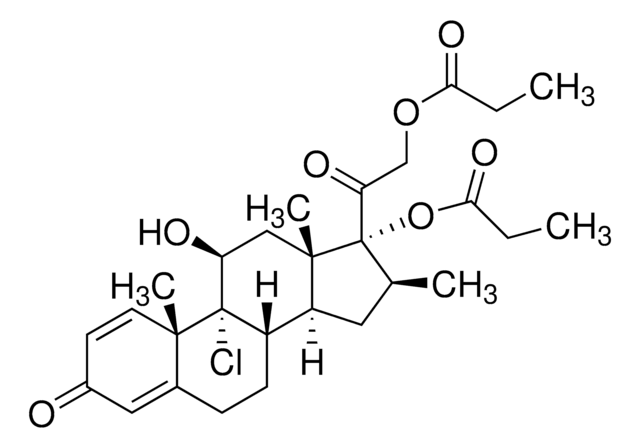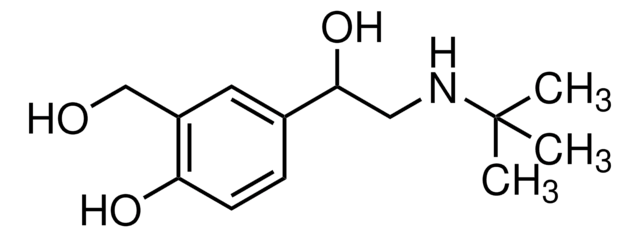1.15684
TLC plates, Silica gel 60 RP-8 F₂₅₄s
pkg of 25 plates, plate L × W 5 cm × 10 cm, glass support
Synonym(s):
RP-8 Silica Gel Thin-layer Chromatography Plates
About This Item
Recommended Products
material
glass support
silica gel 60 matrix
Quality Level
feature
binder Organic Polymer
fluorescent indicator
packaging
pkg of 25 plates
technique(s)
thin layer chromatography (TLC): suitable
layer thickness
250 μm
plate L × W
5 cm × 10 cm
particle size
10-12 μm
pore size
60 Å medium pore diameter
storage temp.
2-30°C
1 of 4
This Item | 1.15424 | 1.15388 | 1.05560 |
|---|---|---|---|
| technique(s) thin layer chromatography (TLC): suitable | technique(s) thin layer chromatography (TLC): suitable | technique(s) thin layer chromatography (TLC): suitable | technique(s) thin layer chromatography (TLC): suitable |
| material glass support, silica gel 60 matrix | material glass support, silica gel 60 matrix | material glass support, silica gel 60 matrix | material aluminum support, silica gel 60 matrix |
| feature fluorescent indicator, binder Organic Polymer | feature binder Organic Polymer, fluorescent indicator | feature binder Organic Polymer, fluorescent indicator | feature binder Organic Polymer, fluorescent indicator |
| pore size 60 Å medium pore diameter | pore size 60 Å medium pore diameter | pore size 60 Å medium pore diameter | pore size 60 Å medium pore diameter |
| packaging pkg of 25 plates | packaging pkg of 50 plates | packaging pkg of 25 plates | packaging pkg of 20 sheets |
| layer thickness 250 μm | layer thickness 250 μm | layer thickness 250 μm | layer thickness 200 μm |
General description
Application
Linkage
Analysis Note
Pore volume (N₂-isotherm): 0.74 - 0.84 ml/g
d 50 (laser diffraction, size distribution): 9.5 - 11.5 µm
Layer thickness: 200 - 270 µm
Deviation of layer thickness per plate: ≤ 35 µm
Chromatographic testings:
A) Cholesterin test
hRf-values
- cholesterin, cholesterin test:
68 - 74
B) Steroid test
- methyltestosterone, steroid test: 45 - 55
- Reichstein S, steroid test: 65 - 75
- hydrocortisone, steroid test: 75 - 91
Typical value determined on an activated plate (120°C, 15 min)
Eluent a) aceton/ water (95/5 v/v)
Eluent b) acetonitrile/ water (70/30 v/v)
Certificates of Analysis (COA)
Search for Certificates of Analysis (COA) by entering the products Lot/Batch Number. Lot and Batch Numbers can be found on a product’s label following the words ‘Lot’ or ‘Batch’.
Need A Sample COA?
This is a sample Certificate of Analysis (COA) and may not represent a recently manufactured lot of this specific product.
Already Own This Product?
Find documentation for the products that you have recently purchased in the Document Library.
Our team of scientists has experience in all areas of research including Life Science, Material Science, Chemical Synthesis, Chromatography, Analytical and many others.
Contact Technical Service




